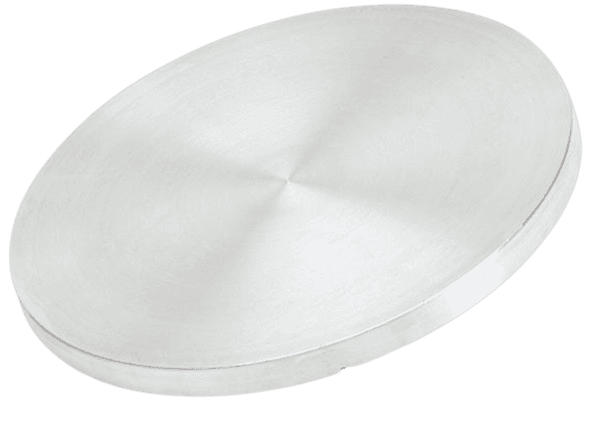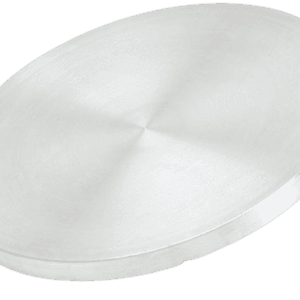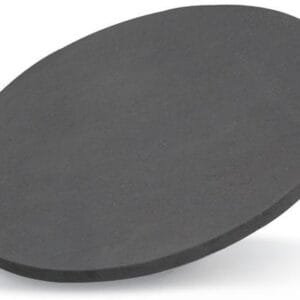Lead Platinum Sputtering Target Description
 Lead, also known as plumbum, is a chemical element that derives its name from the Anglo-Saxon word “lead” and the Latin word “plumbum.” It has been in use since around 7000 BC, first discovered by people from the Near East. The canonical chemical symbol for lead is “Pb,” and it holds the atomic number 82 on the periodic table, located in Period 6 and Group 14 within the p-block. The relative atomic mass of lead is 207.2(1) Dalton, with the number in parentheses indicating the uncertainty.
Lead, also known as plumbum, is a chemical element that derives its name from the Anglo-Saxon word “lead” and the Latin word “plumbum.” It has been in use since around 7000 BC, first discovered by people from the Near East. The canonical chemical symbol for lead is “Pb,” and it holds the atomic number 82 on the periodic table, located in Period 6 and Group 14 within the p-block. The relative atomic mass of lead is 207.2(1) Dalton, with the number in parentheses indicating the uncertainty.
 Platinum is a dense, malleable, ductile, and highly unreactive precious metal with a silverish-white appearance. The name “platinum” comes from the Spanish term “platino,” which means “little silver.” Among the six platinum-group metals (Pt, Pd, Os, Ir, Rh, and Ru), platinum is the most significant. It is resistant to oxygen and water, dissolving only in aqua regia or fused alkalis. Its most notable commercial use is in catalytic converters for vehicles.
Platinum is a dense, malleable, ductile, and highly unreactive precious metal with a silverish-white appearance. The name “platinum” comes from the Spanish term “platino,” which means “little silver.” Among the six platinum-group metals (Pt, Pd, Os, Ir, Rh, and Ru), platinum is the most significant. It is resistant to oxygen and water, dissolving only in aqua regia or fused alkalis. Its most notable commercial use is in catalytic converters for vehicles.
Related Products: Lead Sputtering Target, Platinum Sputtering Target.
Lead Platinum Sputtering Target Specifications
| Material Type | Lead Platinum |
| Symbol | Pb/Pt |
| Color/Appearance | Solid |
| Melting Point | 117 °C |
| Density | / |
| Available Sizes | Dia.: 2.0″, 3.0″, 4.0″, 5.0″, 6.0″ Thick: 0.125″, 0.250″ |
We also offer other customized shapes and sizes of the sputtering targets; please Contact Us for more information.
Lead Platinum Sputtering Target Application
Lead Platinum Sputtering Targets are employed in various applications such as thin film deposition, decoration, semiconductor devices, displays, LEDs, and photovoltaic devices. They are also utilized in functional coatings, optical information storage, the glass coating industry (including car and architectural glass), and optical communication sectors.
Packing
Our Lead Platinum Sputtering Targets are meticulously tagged and labeled externally to facilitate easy identification and maintain quality control. We take extensive precautions to prevent any damage during storage and transportation.





Reviews
There are no reviews yet.